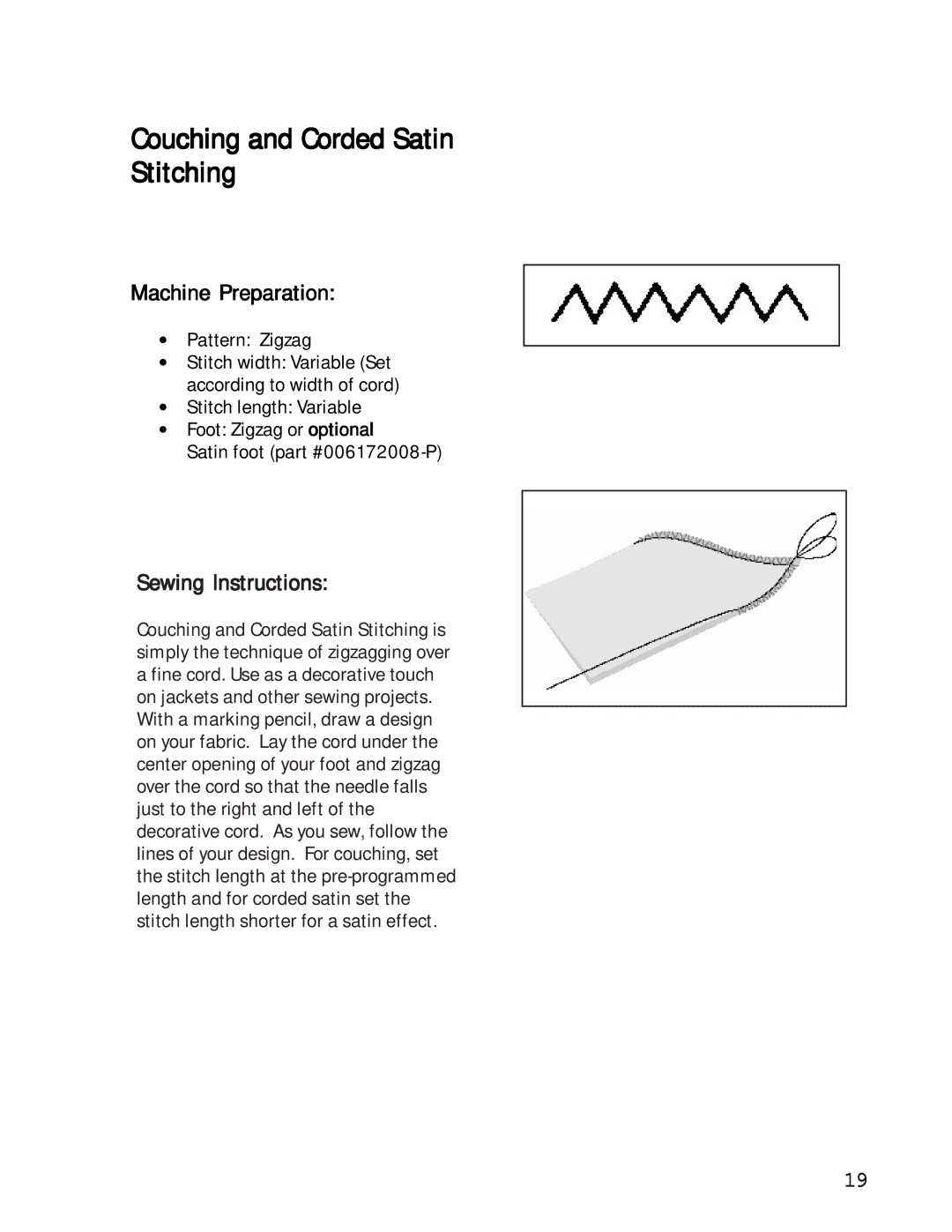27 specifications
The Singer 27, a renowned sewing machine from the late 19th century, stands as a testament to innovative engineering and artistic design. Introduced by the Singer Manufacturing Company in the 1850s, it gained significant popularity for its reliable performance and user-friendly features.A key highlight of the Singer 27 is its oscillating hook mechanism, which revolutionized sewing by allowing for smoother stitching and reduced resistance. This design not only enabled faster sewing but also improved stitch quality, making it a preferred choice for both home and professional use. The machine's durable construction, often featuring cast iron bodies, ensures longevity, allowing it to withstand the test of time.
The Singer 27 is also celebrated for its ease of use. With a straightforward threading system and adjustable stitch length, it accommodates a variety of fabrics, from delicate silks to heavy denim. The machine typically features an adjustable presser foot, which allows users to modify pressure based on the thickness of the material being sewn. This versatility appeals to a wide range of sewing enthusiasts, from beginners to experienced tailors.
Aesthetically, the Singer 27 boasts intricate decorative elements, including ornate decals and a sleek design that reflects the craftsmanship of its era. Its unique design not only enhances its visual appeal but also serves the functional purpose of providing stability during operation.
Another notable aspect is its portability. Many models of the Singer 27 came equipped with a wooden case, allowing for safe storage and easy transport. This convenience made it a popular choice for seamstresses who needed to move their machines between locations.
The machine was also compatible with various attachments, such as rufflers, tucker feet, and other specialty tools that expanded its functionality. This adaptability enabled users to take on an array of projects, from garment construction to quilt making.
In conclusion, the Singer 27 represents a significant advancement in sewing technology during its time. With its robust mechanics, user-friendly features, artistic design, and adaptability, it has earned a special place in the hearts of sewing enthusiasts and collectors alike, continuing to inspire and serve even more than a century after its introduction.

